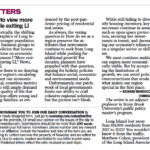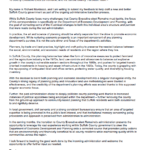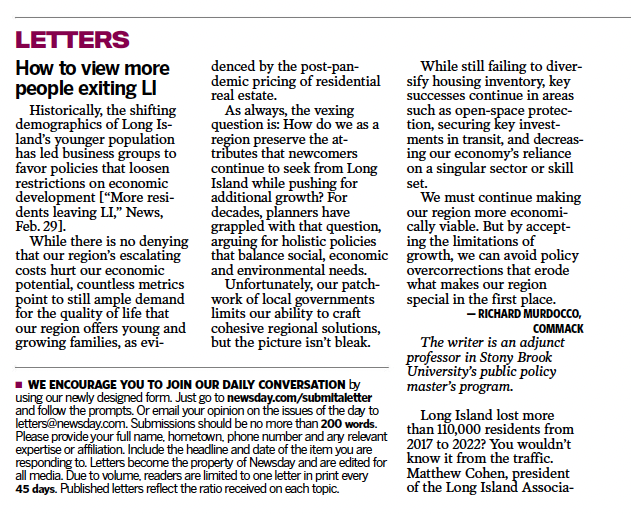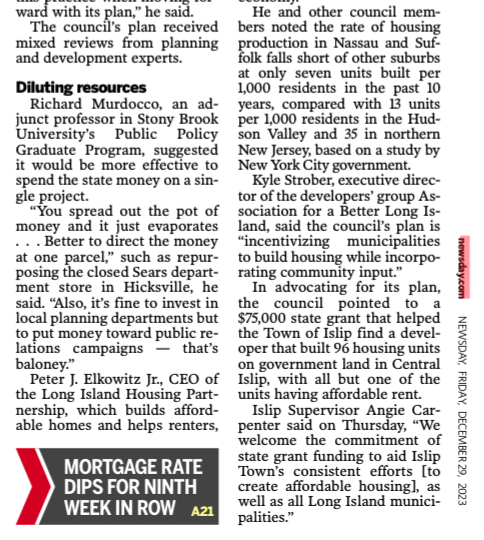Seriously IDAs? Is Nassau County, with a straight face, arguing that a gym locker can constitute a “landlord-tenant relationship?” Or that Oceanside’s Costco can be considered a “tourist destination?”
There is a rotten smell in Mineola, but unfortunately, it’s extending east of Route 110 all the way out to Montauk.
Clearly, Long Island’s IDA system is fundamentally broken.
It needs to stop. The toxic cronyism and patronage is impacting our municipal bottomline. Both counties are on the brink of fiscal ruin, and yet, policymakers in both Counties give away tax breaks like they are candy. Worse, despite the ever-present IDAs, we’re hemorrhaging corporations on their diligent watch. According to Newsday‘s Joye Browne, this isn’t the first time Nassau’s IDA has stretched the definitions of its structural bylaws. To sneak in the last gym to qualify under IDA exemptions was “during a period when a state law barring IDAs from helping retail establishments had lapsed”. Whenever a loophole is taken advantage of, you know something isn’t right.
Instead of focusing on the apparent exodus of millennials (which is a statistical farce anyway), we need to focus our efforts on crafting a comprehensive, regional approach that takes our fractured and broken IDA network, and unite them. We shouldn’t focus our efforts on a town-by-town basis, but rather, across Long Island.
If a business is being courted by a friendlier county down south or out west, they won’t appreciate the squabbling of Islip, Brookhaven or Hempstead. We need to sell Long Island for what makes Long Island special – yes, our costs are high, but our workforce is one of the most powerful assets in country. We have the spending income, education and wherewithal to grow almost any business.
It’s important to understand that many IDAs hands are basically tied – Long Island’s environment doesn’t exactly nurture corporate investment these days, but given the precarious situation the municipalities are in, shouldn’t we at least begin to calculate the return on investment we put into these efforts? Nassau’s blatant disregard for common sense with their IDA strategy undercuts the hard work of legitimate efforts to drum up business and maintain precious jobs. Worse, when the jobs do leave, they are replaced with lower-quality positions. Our economy is moving toward a marked dependency on retail services, which is a sector that is heavily reliant upon consumer spending.
How many corporations and jobs have to leave before we get our act together?
Long Island’s IDA strategy must be comprehensive in nature and regional in scope. When it comes to our economy, we have two options: United we stand, divided we fall.










